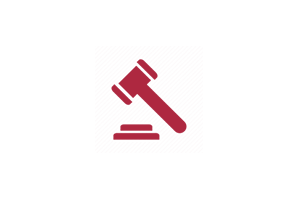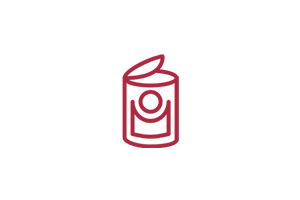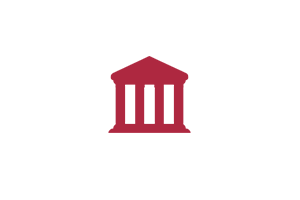Ecuador: Policy Highlights and Opportunities
Each year, approximately 900,000 tons of food in Ecuador is either lost or wasted along the supply chain. The benefits of greater food recovery and donation are particularly apparent in Ecuador as 32.7% of the population was moderately or severely food insecure between 2018 and 2020, an almost threefold increase from years prior. Ecuador also has the second-highest level of chronic childhood malnutrition in Latin America.
Atlas Research: Ecuador

Policy Highlights
Ecuador research was published in October 2022 and was made possible with the advice and support of our on-site partners, including Banco de Alinentos Quito and Banco de Alimentos Diakonía.
Policy Opportunities and Recommendations





